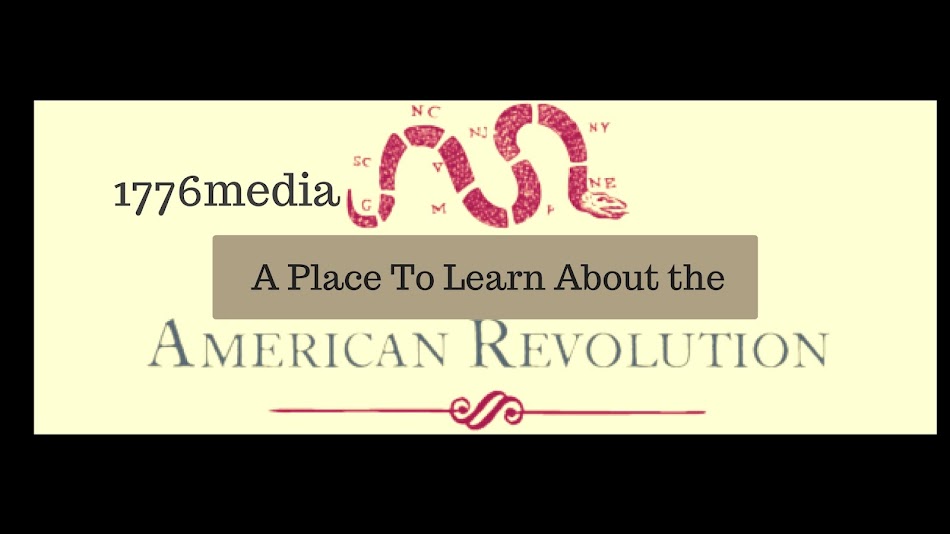The notion of unity is fragile. The notion of unity was fragile. The notion of unity will be fragile.
When war broke out in 1775, print acted as a binding agent for the 13 colonies. The first newswire was created in North America when papers "exchanged" articles and editorials. Pamphlets became agents of change throughout the colonies. Usually written by those using pseudonyms, these people threw out ideas that created interest and fortified the views of independence.
 |
| Ben Franklin, Philadelphia printer |
Loyalists also published papers and pamphlets that countered the patriot view. The caprice was unveiled to "take on" the Sons of Liberty.
Writers felt they were excellent public servants.
The patriot writers viewed they were protecting people's rights. This gave birth to the writers' view that their publications were protected. This notion grew up to become freedom of the press. This early revolutionary work traveled to the foundation mortar of the Bill of Rights.
Source: The impact of the press on the American Revolution (November 2016) OUPblog
pseudonyms
pseudonyms
Stories that appeared in each paper were “exchanged” from other papers in different cities, creating a uniform effect akin to a modern news wire. The exchange system allowed for the same story to appear across North America, and it provided the Revolutionaries with a method to shore up that fragile sense of unity. - See more at: http://blog.oup.com/2016/11/press-impact-american-revolution/?utm_source=twitter&utm_medium=oupacademic&utm_campaign=oupblog#sthash.NQV1FXq6.dpuf
Stories that appeared in each paper were “exchanged” from other papers in different cities, creating a uniform effect akin to a modern news wire. The exchange system allowed for the same story to appear across North America, and it provided the Revolutionaries with a method to shore up that fragile sense of unity. - See more at: http://blog.oup.com/2016/11/press-impact-american-revolution/?utm_source=twitter&utm_medium=oupacademic&utm_campaign=oupblog#sthash.NQV1FXq6.dpuf
Stories that appeared in each paper were “exchanged” from other papers in different cities, creating a uniform effect akin to a modern news wire. The exchange system allowed for the same story to appear across North America, and it provided the Revolutionaries with a method to shore up that fragile sense of unity. - See more at: http://blog.oup.com/2016/11/press-impact-american-revolution/?utm_source=twitter&utm_medium=oupacademic&utm_campaign=oupblog#sthash.NQV1FXq6.dpuf
Stories that appeared in each paper were “exchanged” from other papers in different cities, creating a uniform effect akin to a modern news wire. The exchange system allowed for the same story to appear across North America, and it provided the Revolutionaries with a method to shore up that fragile sense of unity. - See more at: http://blog.oup.com/2016/11/press-impact-american-revolution/?utm_source=twitter&utm_medium=oupacademic&utm_campaign=oupblog#sthash.NQV1FXq6.dpuf
Stories that appeared in each paper were “exchanged” from other papers in different cities, creating a uniform effect akin to a modern news wire. The exchange system allowed for the same story to appear across North America, and it provided the Revolutionaries with a method to shore up that fragile sense of unity. - See more at: http://blog.oup.com/2016/11/press-impact-american-revolution/?utm_source=twitter&utm_medium=oupacademic&utm_campaign=oupblog#sthash.NQV1FXq6.dpuf
Stories that appeared in each paper were “exchanged” from other papers in different cities, creating a uniform effect akin to a modern news wire. The exchange system allowed for the same story to appear across North America, and it provided the Revolutionaries with a method to shore up that fragile sense of unity. - See more at: http://blog.oup.com/2016/11/press-impact-american-revolution/?utm_source=twitter&utm_medium=oupacademic&utm_campaign=oupblog#sthash.NQV1FXq6.dpuf
Stories that appeared in each paper were “exchanged” from other papers in different cities, creating a uniform effect akin to a modern news wire. The exchange system allowed for the same story to appear across North America, and it provided the Revolutionaries with a method to shore up that fragile sense of unity. - See more at: http://blog.oup.com/2016/11/press-impact-american-revolution/?utm_source=twitter&utm_medium=oupacademic&utm_campaign=oupblog#sthash.NQV1FXq6.dpuf

